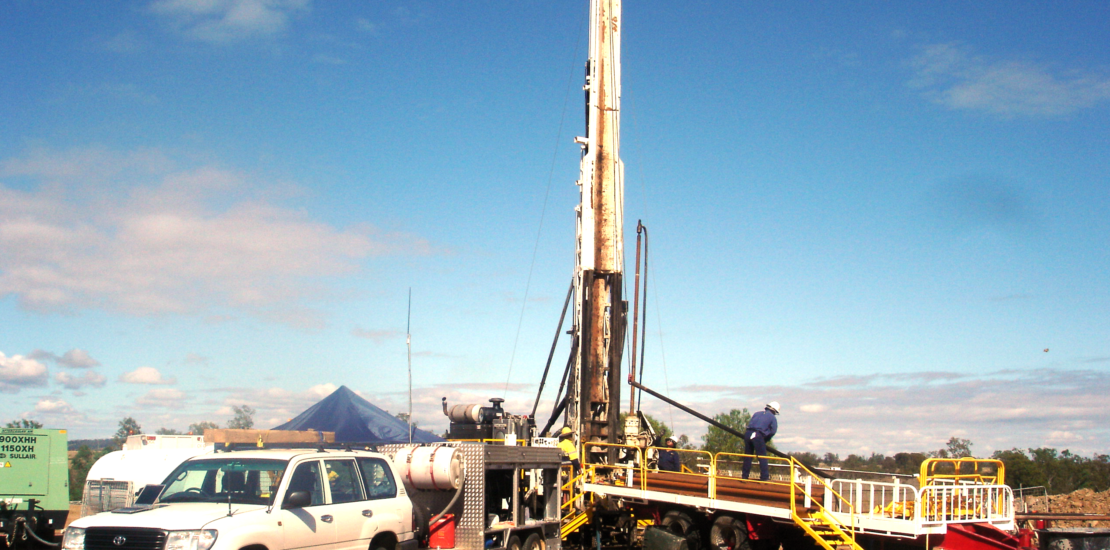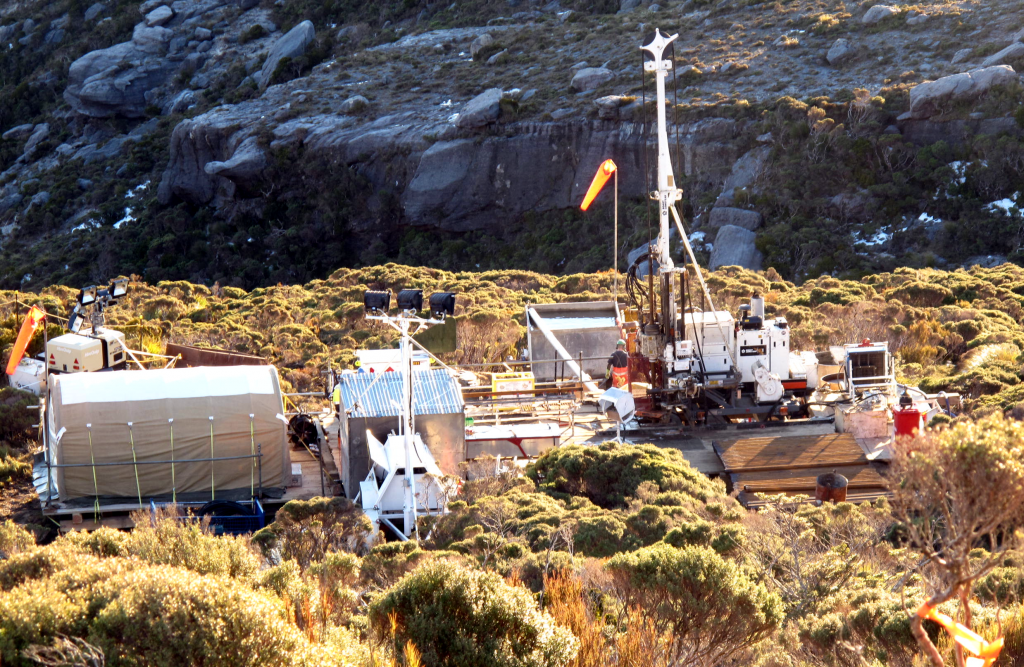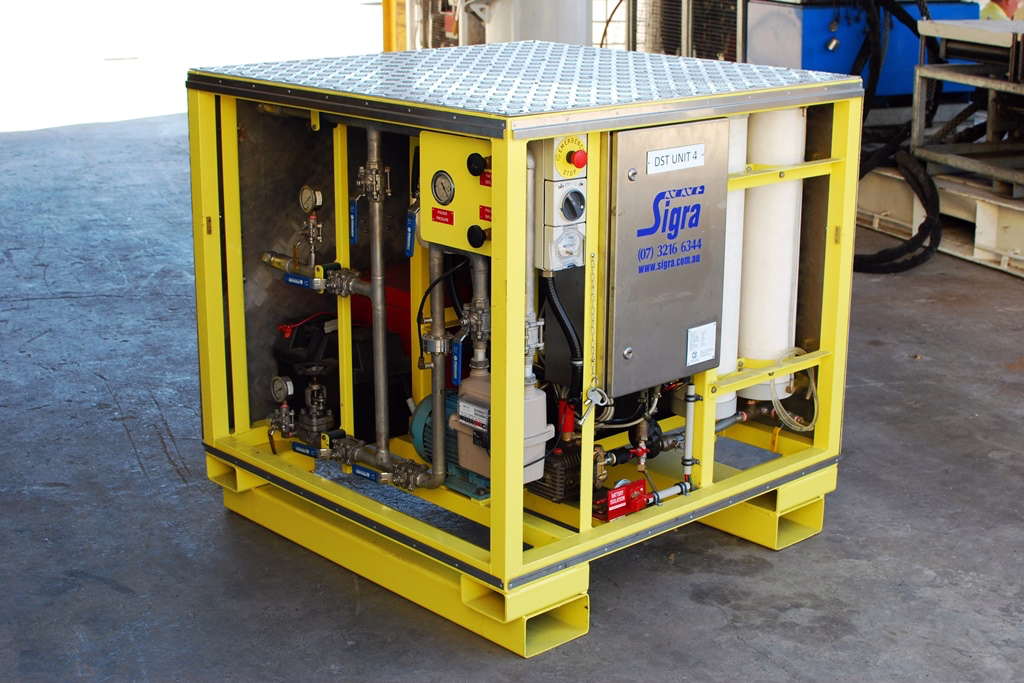- March 1, 2017
- Posted by: Ian Gray
- Category: News

With better-tailored equipment and a revised methodology for shallow permeability testing in civil and mining projects, we can reduce the margin for design error.
Owing to the constraints of time and money, the two most widely used methods for permeability testing in civil and mining —The Falling Head Test and the Packer Test—have numerous pitfalls and provide inaccurate results.
The Problem – Packer Test
- If no attempt is made to determine the transient response in the ground, then the desired information in the rock mass is lost in near-well bore behaviour.
Our Solution
Adopt the oilfield Drill Stem Test (DST)
- The most effective way to do this is to adopt the analogue of the oilfield DST for civil and mining applications.
- We have used these extensively for the coal seam gas and deep coal mining clients, and we tailor equipment and analysis to suit these applications.
- The technique enables the separation of well bore loss effects from the response of the greater rock mass.
The Problem – Falling Head Test
- It’s difficult to separate pressure loss around the well bore from the response of the soil outside the well’s zone of influence.
- And worse still: near-well bore behaviour is compromised by the injection process. Ie- soil particles are going to end up inhibiting flow into the ground.
- Essentially, not being able to separate near-well bore pressure loss from the transient response in the ground is going to give you misleading results.
Our Solution
Adopt an analogue of the oilfield Drill Stem Test (DST) suitable for soils or rock conditions.

The Question – inhomogeneity or anisotropy?
Testing for permeability in a single hole provides no information on anisotropy or on storage in the ground. Multiple hole tests answer the question of inhomogeneity, but still do not provide information on anisotropy or storage.
A conventional well test with a single production well will provide information on anisotropy and storage, but not on inhomogeneity.
Our Solution
- Sequentially testing individual boreholes and place piezometers in these as each test is finished.
- Move to the next hole and repeat the test process. This test will send a pressure transient to those boreholes drilled before and fitted with piezometers.
- The most convenient way to test each well is by conducting a DST in the test zones. Hence the name “pulsed DST”.
- This method enables multiple measurements of mean permeability and directional permeability, so that both inhomogeneity and anisotropy may be assessed.
For further reading – you will find a long-form of this post here.
If you have queries about tailored solutions or Sigra products in general, please contact us.

